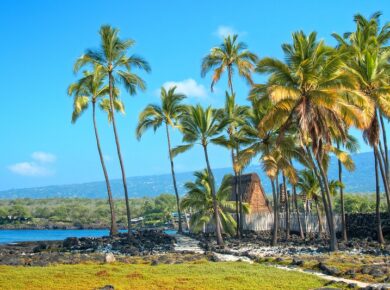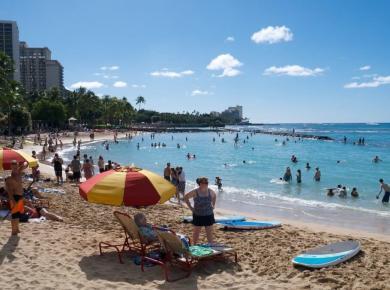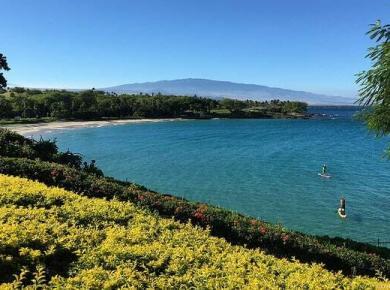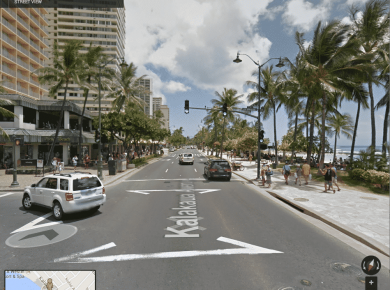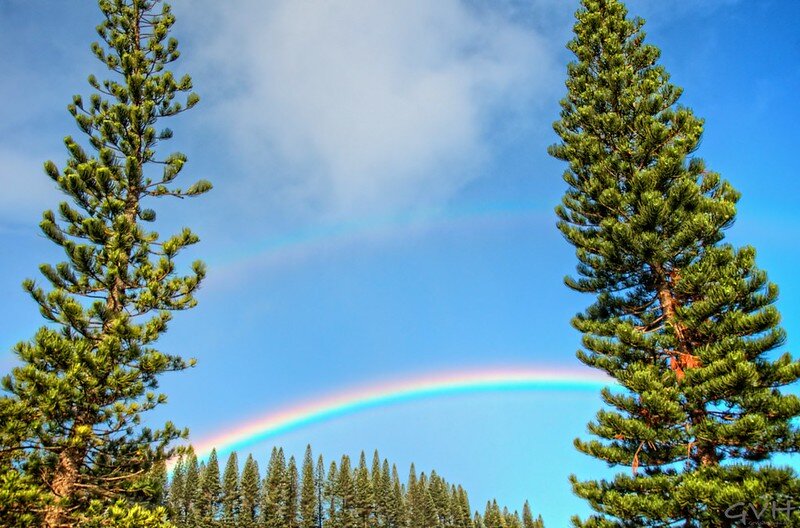
One of Hawaii’s nicknames is the Rainbow State and if you’ve ever visited Hawaii, you probably understand why it claims that nickname. In addition to seeing one if their famous rainbows in action, you might have noticed rainbows embedded into the culture, too. Some examples include the state’s license plate is adorned with a rainbow, the University of Hawaii uses a rainbow as a logo/mascot for their sports teams and many businesses use the rainbow in their name and/or logos.
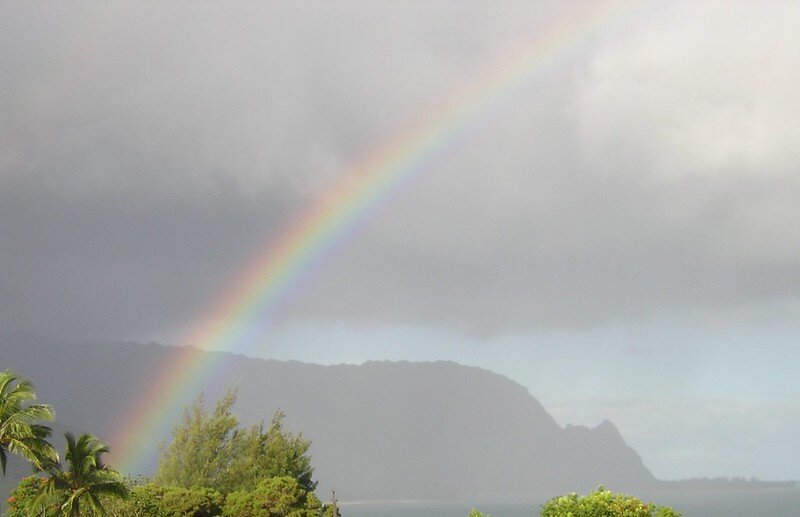
You might be wondering why is it that Hawaii and rainbows go together like two peas in a pod? A professor from the University of Hawaii set out to document the special relationship between Hawaii and rainbows. In his paper, Professor Steven Businger explains why Hawaii is the rainbow capital of the world. That document goes into quite a lot of scientific detail. For more of a layman’s explanation, the university published an summary article, Secrets of the best rainbows on Earth. Here’s an excerpt from that publication:
“Hawai?i’s location in the subtropical Pacific means the overall weather pattern is dominated by trade winds, with frequent rain showers and clear skies between the showers. Businger outlines four additional factors that guarantee the prevalence of rainbows throughout the islands;
“At night a warm sea surface heats the atmosphere from below, while radiation to space cools cloud tops, resulting in deeper rain showers in the morning that produce rainbows in time for breakfast,” said Businger.
“A second factor in producing frequent rainbows is Hawai?i’s mountains, which cause trade-wind flow to be lifted up, forming clouds and producing rain over the mountains and sunshine on the lee side. Without mountains, Hawai?i would be a desert with a scant 17 inches of annual rainfall, in contrast to the hundreds of inches of rain that fall in Hawai?i’s mountains annually.
“A third factor conducive to rainbow sightings is daytime heating, which drives island-scale circulations. During periods of lighter winds, showers form over the ridge crests and mountain slopes in the afternoon, resulting in prolific rainbows as the Sun sets.
“Due to the remoteness of the Hawaiian Islands, the air is exceptionally clean and free of pollution, continental dust and pollen. The clean air ensures the appearance of bright rainbows with a full spectrum of colors.”
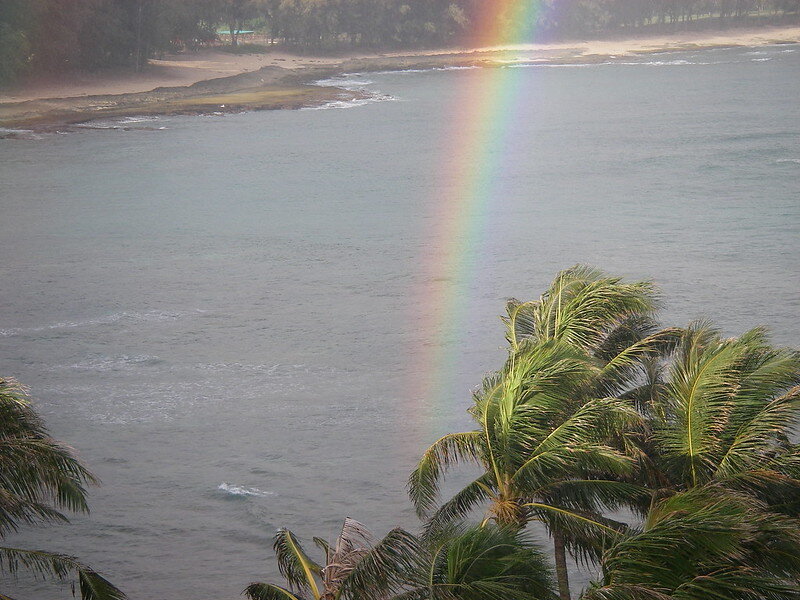
So, there you have it — there is scientific proof that Hawaii is a special place for rainbows.
